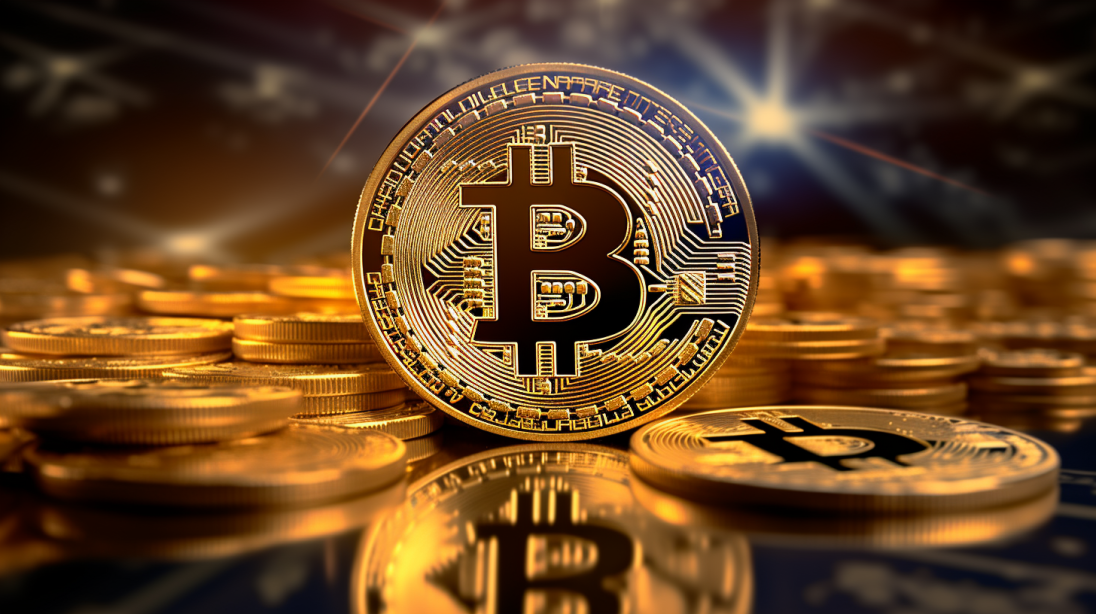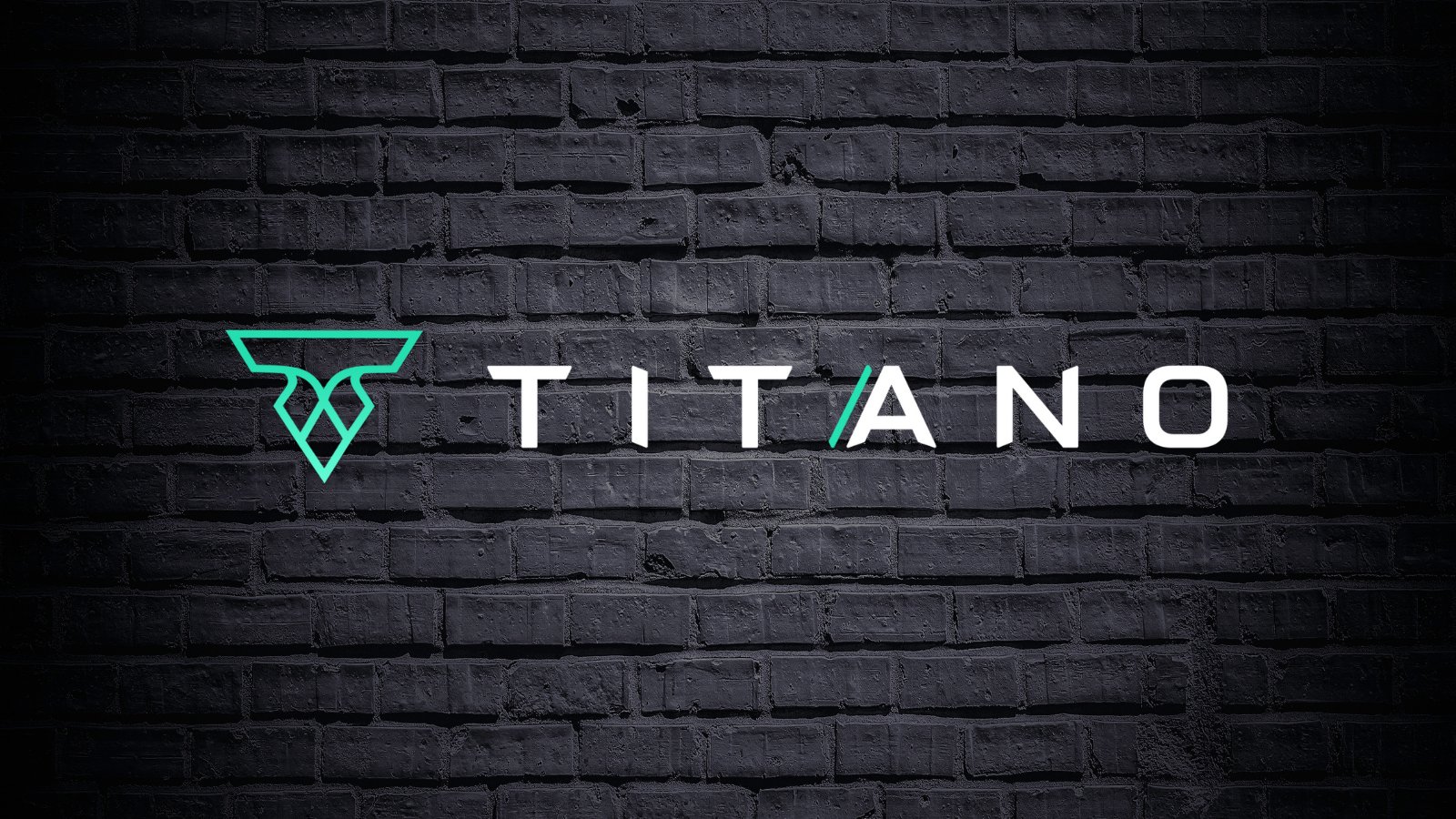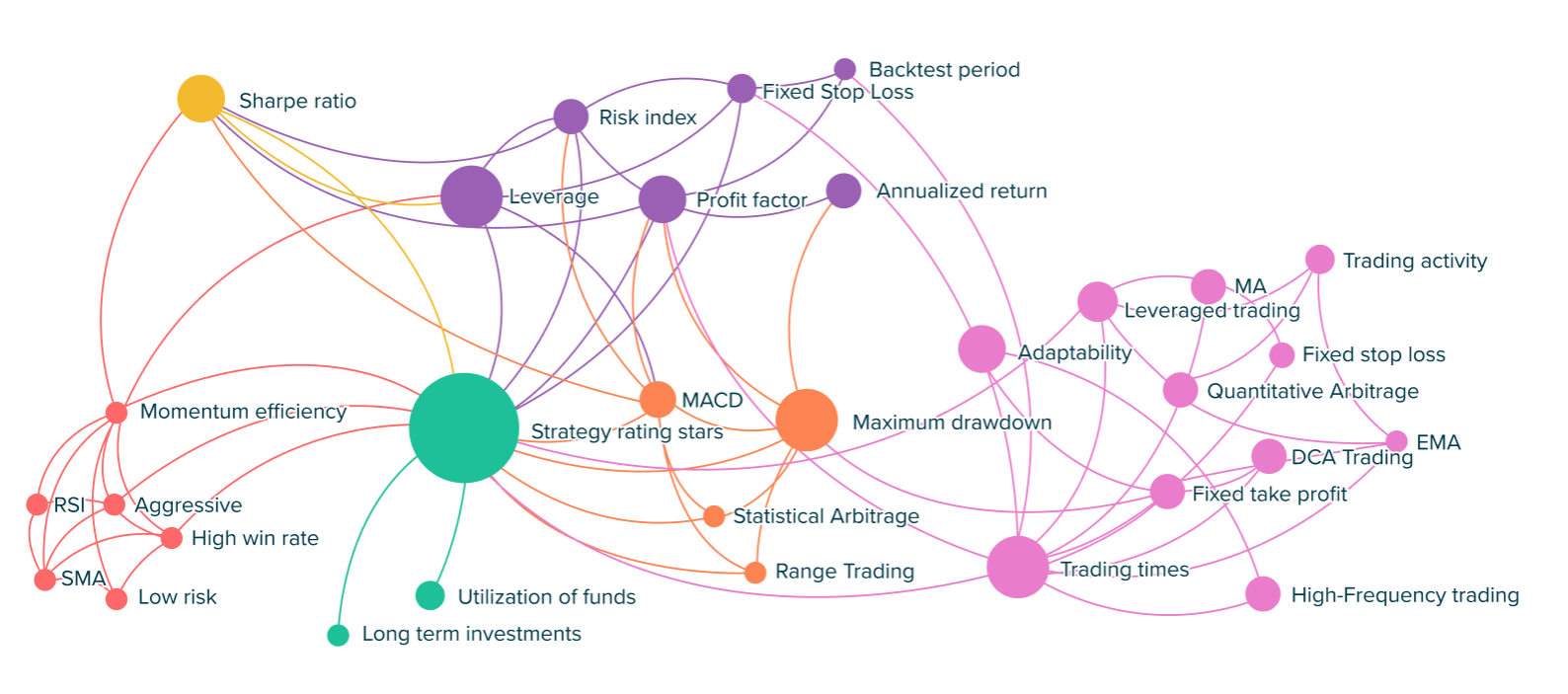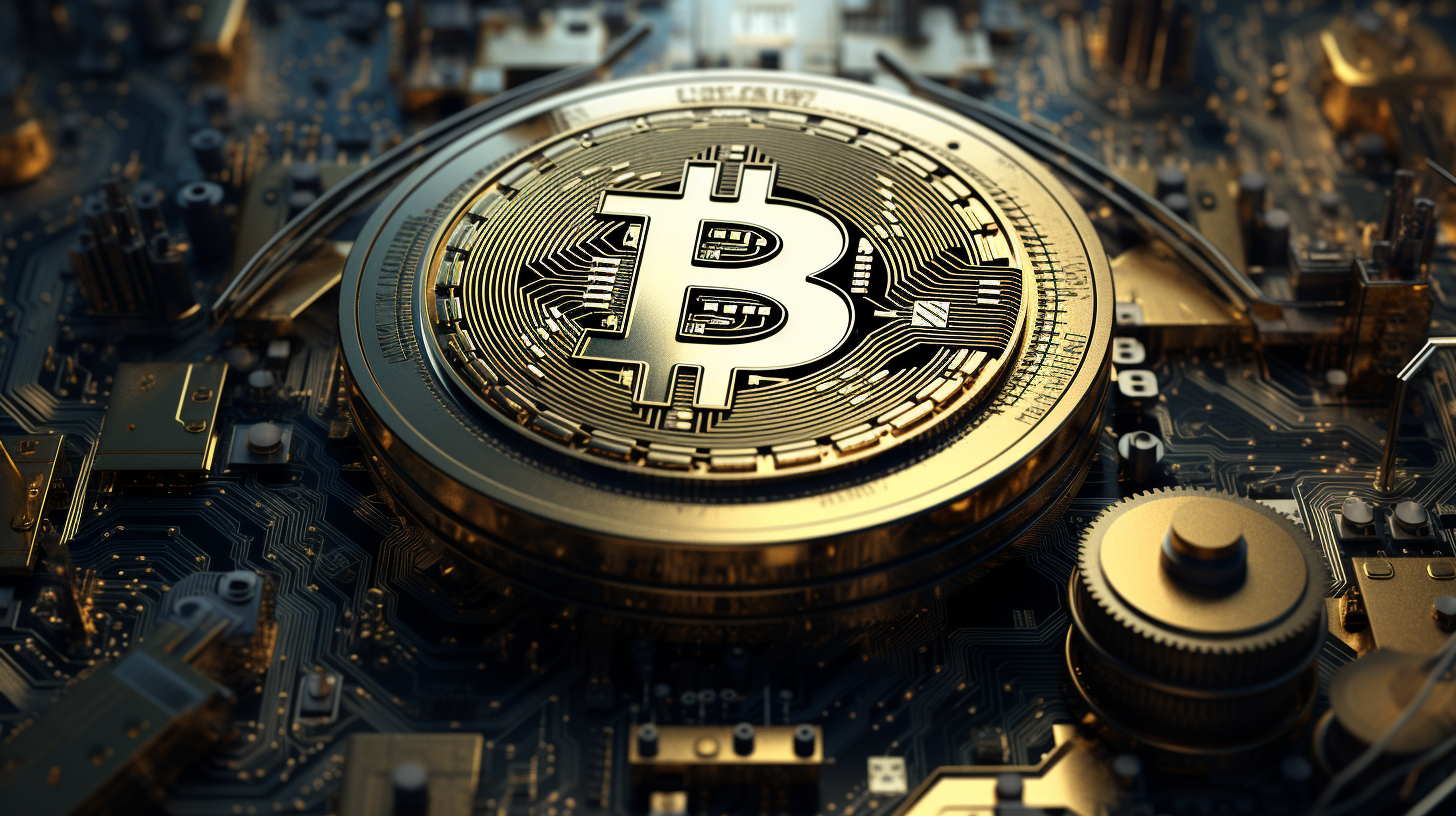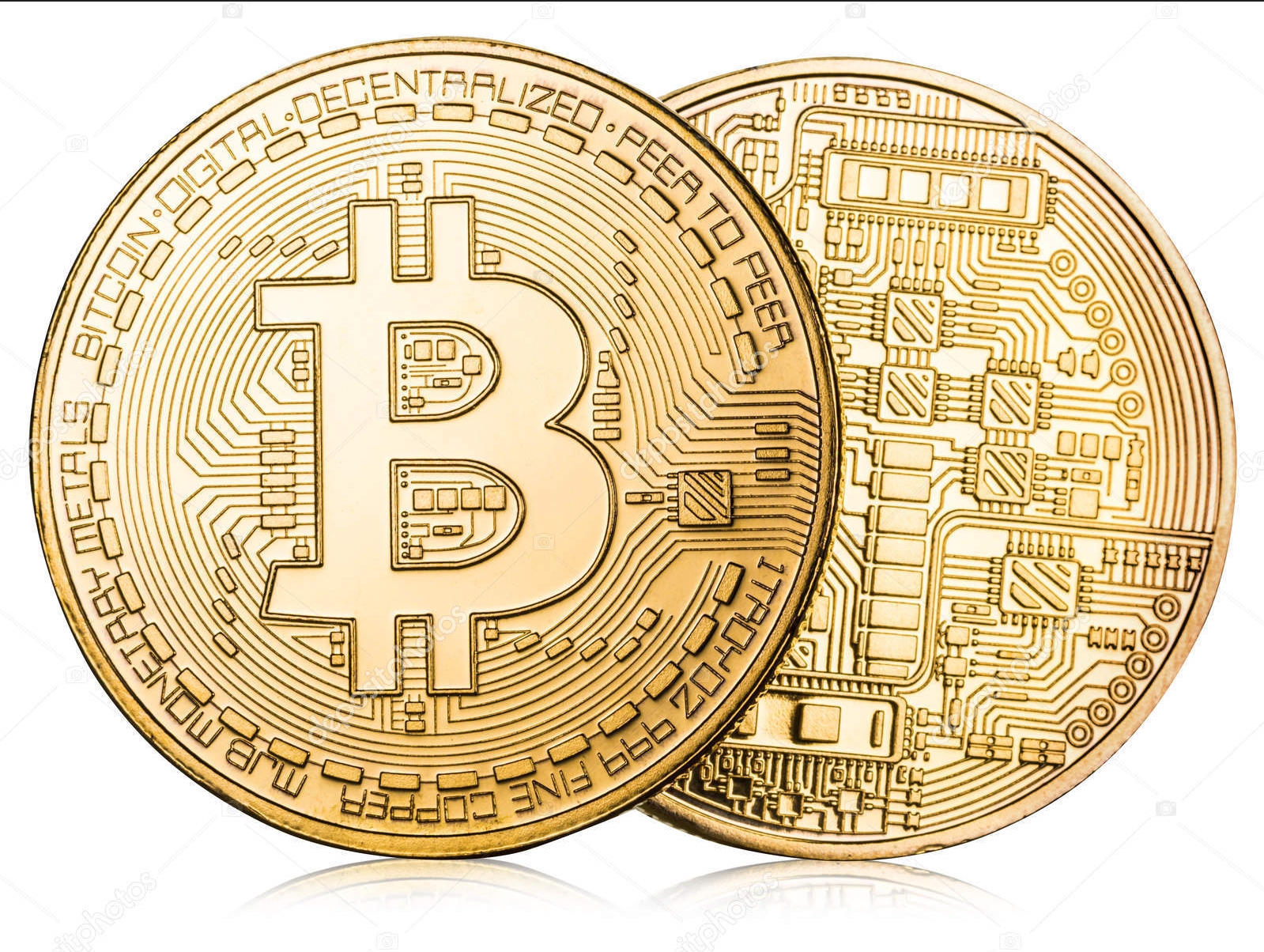
Bitcoin is a digital currency based on cryptography and blockchain technology, allowing transactions and storage on a network free from central authority or government control. Bitcoin is characterized by its decentralization, anonymity, security, and transparency, making it suitable for various online activities such as payments, investments, and gambling.
However, some individuals are hesitant about purely digital assets and prefer to possess tangible wealth similar to traditional fiat currencies. To meet this demand, physical bitcoins have been created—bitcoins’ information imprinted on metal or plastic coins, giving them the appearance of real currency.
So, what exactly are physical bitcoins? What do they look like? What value do they hold? This article will explore the concept and characteristics of physical bitcoins from various perspectives.
What Are Physical Bitcoins?
Physical bitcoins are products that hide the private key of a bitcoin (private key) on a tamper-resistant label or sticker, which is then affixed to a metal or plastic coin. The private key is a random string of numbers and letters, serving as proof of ownership and control of the bitcoin, enabling transactions and storage on the blockchain. Physical bitcoins often bear the imprint of the bitcoin logo and denomination, making them resemble real currency.
Various methods are employed to create, including 3D printing, molding with metal or plastic, and crafting from pure silver or gold. Designs of physical bitcoins also vary; some follow the original bitcoin design, while others incorporate personalized elements or imitate the appearance of currencies from different countries.
Physical bitcoins come in different denominations, such as 1, 0.1, 0.01, and even 1000 bitcoins. The face value of physical bitcoins does not necessarily reflect the quantity of bitcoins they contain; it is determined by the creator. Some physical bitcoins may not contain any actual bitcoins and serve purely as decorative or commemorative items.
What Does a Bitcoin Look Like?
The appearance and dimensions of physical bitcoins lack a standardized norm and depend on the preferences and techniques of the creator. Generally, physical bitcoins have a diameter ranging from 25mm to 40mm, thickness between 1.5mm and 3mm, and weight between 5g and 30g. Colors and materials of physical bitcoins also vary—some are copper, silver, gold, brass, aluminum, or even made from silver or gold.
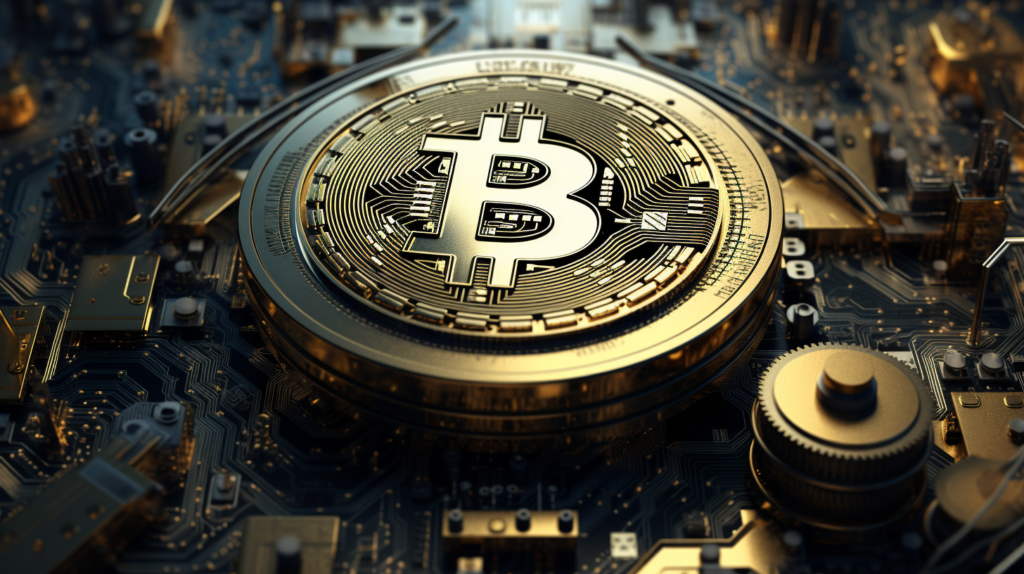
The obverse side of physical bitcoins typically features the bitcoin logo—a capital ‘B’ with two vertical lines. Some physical bitcoins may also display the English name (Bitcoin) or abbreviation (BTC). The reverse side usually indicates the denomination, representing the quantity of bitcoins they signify. Some physical bitcoins include additional information such as the issuance year, serial number, or other details.
The most crucial part of physical bitcoins is their private key, often concealed under a tamper-resistant label or sticker on the reverse or edge. Private keys can take various formats, including a string of numbers and letters, a QR code, or a set of words. The private key enables users to utilize physical bitcoins on the blockchain by inputting the key into a bitcoin wallet, converting the physical bitcoins into digital bitcoins, or vice versa.
What Value Do Physical Bitcoins Hold?
The value of physical bitcoins primarily depends on the quantity of bitcoins they contain and the market price. Bitcoin prices fluctuate based on supply and demand and experience substantial ups and downs. Currently, the price of bitcoin hovers around $43,000.
In addition to the bitcoin price, the value of physical bitcoins is influenced by their scarcity, quality, design, and collectible value. Some physical bitcoins, crafted by renowned manufacturers or companies, have limited quantities, excellent quality, exquisite designs, and high collectible value. On the other hand, those made by enthusiasts may be more abundant, of average quality, with ordinary designs and lower collectible value.
Thus, the value of physical bitcoins does not necessarily align with their face value; it is determined by market supply and demand. Some may have values higher than their face value, some lower, and some equivalent. The value of physical bitcoins can also change over time—some may appreciate, some may depreciate, and some may remain stable.
How to Purchase Physical Bitcoins?
If you are interested in buying or using a physical bitcoin, consider the following:
- Purchase Channels: Physical bitcoins can be bought from specialized websites or platforms, like Casascius, Denarium, Cryptoart, etc. Alternatively, you can purchase them from individual sellers or collectors on platforms such as eBay, Reddit, Bitcointalk, etc. You can also create physical bitcoins yourself, provided you have basic tools, materials, and bitcoin private keys.
- Verify Authenticity: Before purchasing physical bitcoins, ensure to verify their authenticity to avoid scams or acquiring counterfeit items. Check the appearance, quality, weight, and design features to judge their authenticity. You can also verify if they contain bitcoins by scanning or entering the private key, confirming whether the bitcoins have been tampered with. Additionally, research the issuer, serial number, year of issuance, etc., for more information.
- Secure Storage: After purchasing physical bitcoins, safeguard them to prevent loss or damage. Store them in a secure place such as a safe, drawer, wallet, etc. Backup the private keys in a secure location, such as paper, USB drive, cloud storage, etc. You can also import the private keys into a bitcoin wallet for blockchain use.
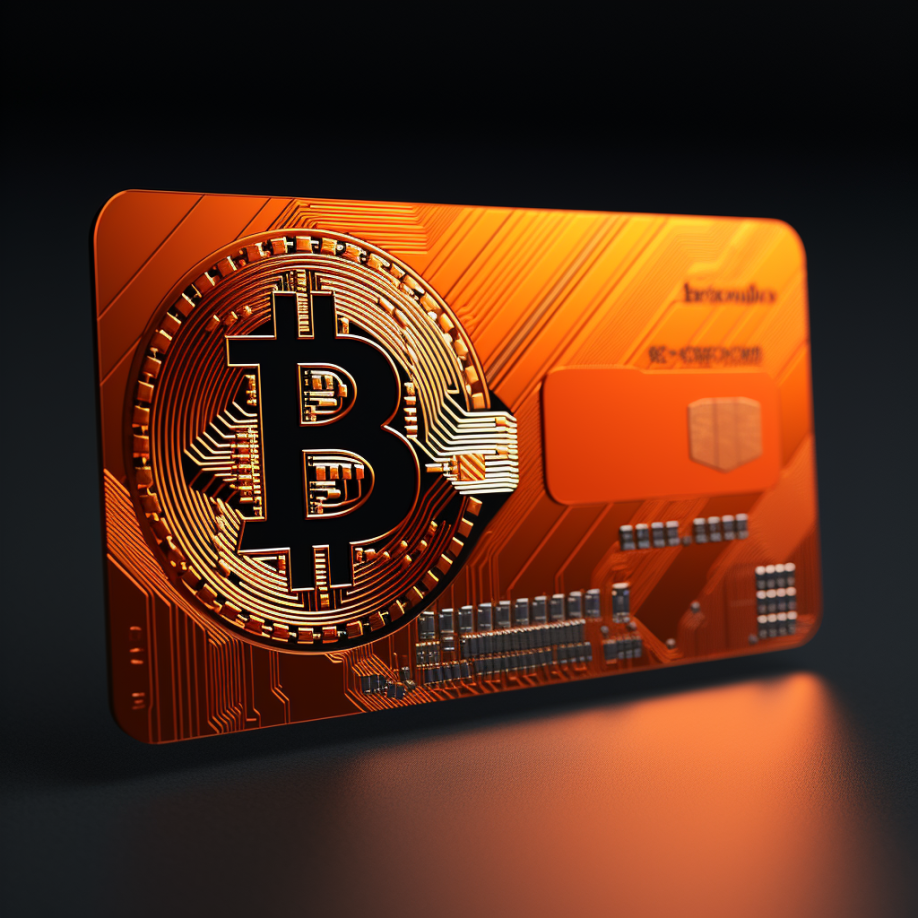
How to Use Physical Bitcoins?
Physical bitcoins can serve various purposes:
- As Memorabilia or Decorative Items: Display bitcoin as memorabilia or decorative items in your home or office, or gift them to friends and family to express your love and support for bitcoin.
- As Collectibles or Investments: Collect and keep bitcoins as collectibles or investment items, either in your possession or for sale to other buyers, with the expectation that their value will increase over time.
- As Trading or Payment Items: Exchange or purchase goods and services with physical bitcoins, either with other sellers or merchants, to acquire the desired items.
Conclusion
Physical bitcoins are products that embed bitcoin ‘s private key on metal or plastic coins, giving them the appearance of real currency while representing a digital asset. It come in various production methods, appearances, and denominations. Their value depends on the quantity of bitcoins they contain, market prices, scarcity, quality, design, and collectible value. They are creative and provide users with a tangible experience of bitcoin in the real world, serving as memorabilia, decorations, collectibles, investments, trading items, or payment items. When purchasing or using physical bitcoins, pay attention to buying channels, authenticity verification, secure storage, and usage methods.
Use AI trading bots to earn Bitcoin
